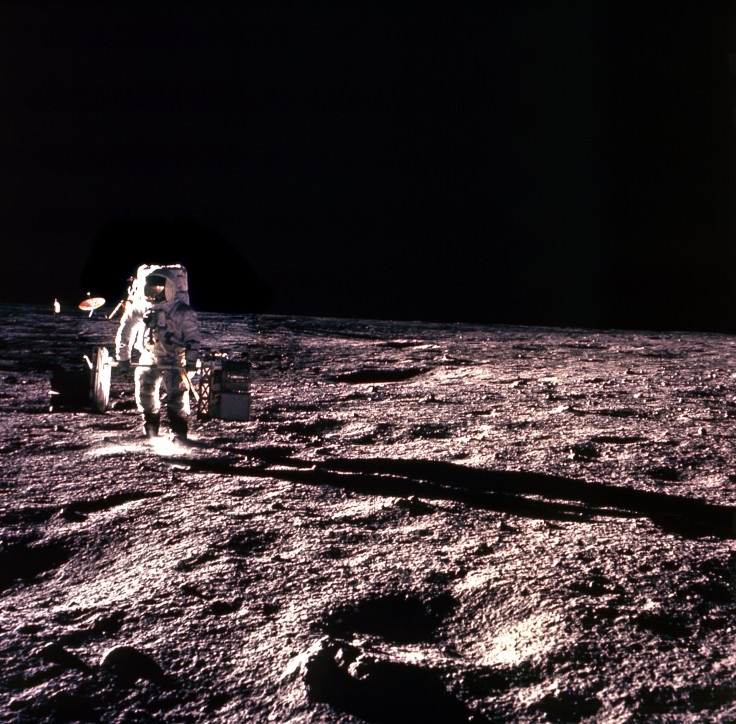Moon Discovery: Why The Earth's Oldest Rock Was Found On Lunar Surface

The Moon has told us a lot about the formation and development of Earth, and now a new discovery on the lunar surface may provide a deeper insight into the early days of our planet.
In 1971, Apollo astronauts dug up and gathered samples from the Moon to be sent back to Earth in order to study the lunar surface. Interestingly, a new study published in the scientific journal Earth and Planetary Science Letters has shown that one of these lunar samples is a rock that could be 4.1 billion years old and is the Earth's "oldest rock."
According to a statement on the Universities Space Research Association (USRA) website, the ancient relic comprises 0.08 ounces of quartz, feldspar and zircon. These minerals are "highly unusual on the Moon," but they are fairly commonplace on Earth. Scientists determined that the rock crystallized about 4.1 billion and 4 billion years ago around 12 miles (20 kilometers) below the surface of the Earth.
While there is a possibility that the rock has crystallized on the Moon, scientists said that that would require conditions "never before inferred from lunar samples." The sample would also have had to have been created at a tremendous depth, where different compositions are anticipated, if that were the case.
The rock, once it reached the lunar surface, may have also been affected by another powerful impact that happened about 26 million years ago. It was found to have been partially melted, buried and then excavated by this collision.
This particular impact resulted in the formation of what is now known as the Cone Crater on the Moon. It was explored by Apollo 14 mission astronauts, Edgar Mitchell and Alan Shepard.
But how did an ancient rock from Earth make its way to the Moon? Scientists believe that a powerful impact, possibly a comet or asteroid, may have resulted in the transportation. After colliding with the Moon, which was three times closer to the Earth at the time than it is now, it mixed with other materials on the lunar surface.
"It is an extraordinary find that helps paint a better picture of early Earth and the bombardment that modified our planet during the dawn of life," study co-author David Kring, a USRA scientist at the Lunar and Planetary Institute in Houston, said.
See photos of the rock and the Hadean Earth when it was formed here.
© Copyright IBTimes 2025. All rights reserved.




















